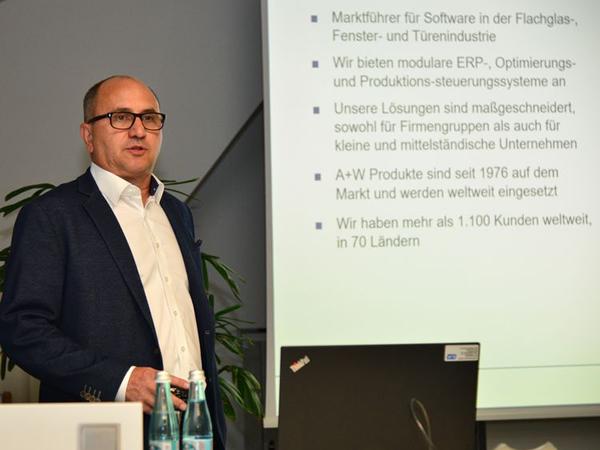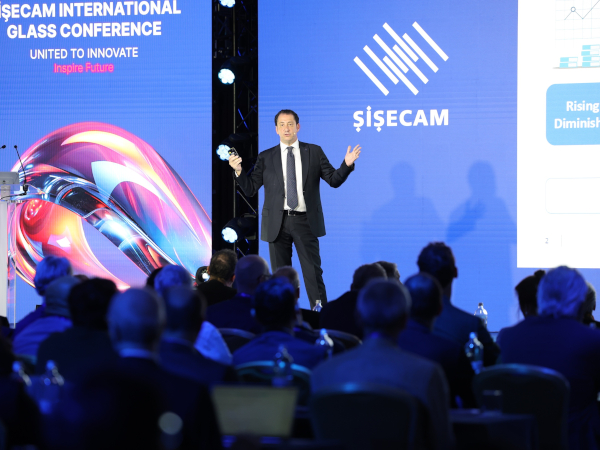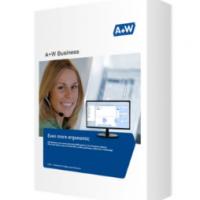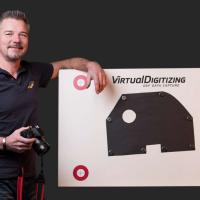
Date: 30 November 2016
What would happen if you ordered your car fifteen centimeters shorter so that it would fit in the garage? A mass producer would have to produce a product for you with a lot size of 1.
You and the manufacturer would thus have a number of problems, for this case is not provided for in automobile production.
With a glass sheet or a window, by contrast, individual dimensions are a matter of course: this illustrates the difference between mass production and variant production, where a lot size of 1 is a daily occurrence.
In the winter semester 2016/17, StudiumPlus, the dual studies program of the Technische Hochschule Mittelhessen (THM), continued the successful lecture series "Implementation Strategies for Industry 4.0," in which proven experts from theory and practice speak about exciting new topics relating to the opportunities of Industry 4.0.
Dr. Klaus Mühlhans, Technical Key Account Director at the software company and StudiumPlus partner at A+W, opened the lecture series on 03 November 2016 by explaining in detail why in the flat glass and window industry, it is not possible to work with standard ERP (Enterprise Resource Planning) such as SAP.
Here, highly-specialized industry software is required, products such as the ones that A+W has been developing and selling successfully for nearly forty years.
With its solutions, the Hessian software company controls and optimizes the entire value-creation chain from basic glass to the finished window or façade element - from order processing to dynamic yield optimization and production management on through to optimized direct packaging and delivery. Around the world, the Hessian software experts support approximately 1100 customers.
But what exactly is flat glass? Everything that is not hollow glass, explains Dr. Mühlhans. That is, no bottles, glasses, etc. The end product may be bent, such as modern automobile windshields or challenging façade elements.
A+W customers receive flat glass as material in the form of 3.21 x 6 m sheets. Cutting this basic glass mechanically with maximum yield was the requirement of the very first A+W software in 1977.
The outstanding result, which resulted in enormous savings, changed the industry in deep-reaching ways: the first step to A+W's world market leadership had been taken.
Industry 4.0, according to Mühlhans, is of special importance in variant production since each of the individual products has to be planned, identified, addressed, and steered with certainty through production.
The sheet in production communicates for its part and informs via bar code reading about its technical and geometric data, its previous and intended next processing, and other important parameters.
For the manufacturing of millions of identical nails or batteries, according to the speaker, this is not necessary.
The greatest challenge for the software is to create continuous flow production for one-of-a-kind pieces – in and of itself a contradiction which, if not resolved, would make it impossible to earn any money in the glass and window industry.
This takes us back to Industry 4.0: the higher the degree of automation, the more intelligent the increasingly digital communication between human, machine, and workpiece, and the hither the productivity, efficiency, and last but not least the earnings in variant production.
Intelligent and networked production by a highly efficient control of all machines is only possible with the right software.
How this works in practice to successfully master the challenges of Industry 4.0, you`ll learn in the video "Industry 4.0 in the flat glass industry".
 600450
600450

























Add new comment